The best things in Chang Mai – the less hectic city
With long, leafy boulevards, Chiang Mai presents an alluring alternative to the Thai capital, Bangkok. Instead of traffic-choked urban sprawl, travellers find a picturesque downtown easily navigated on foot, where the air is clean and the climate mercifully cool. A short bike or scooter ride out of the town leads to a densely rain-forested countryside interspersed with waterfalls. Since the local airport received an upgrade in 2014, more regional flights have been heading to this serene city, making it cheaper and easier to reach.
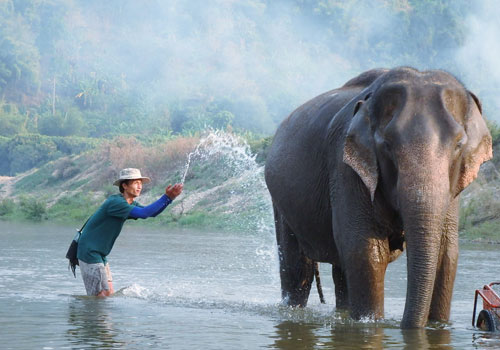
The old town, inside its moat, is an extraordinary vision. Here amid the 30-odd temple spires, barefoot monks in flame-coloured robes collect alms in the morning and street vendors sell their wares by night.
Contrary to what all the English-language signs offering yoga courses and trekking tours might have you believe, the ancient capital city harbours a vibrant contemporary scene. A spate of new galleries, co-working spaces and artsy cafes are giving creative people space to showcase their work.
Unlike many modern Asian cities, where such harbingers of gentrification have pushed traditional shops and street food hawkers out of the picture, Chiang Mai’s younger generation continues to embrace its older establishments. Bare-bones eateries serving fiery, northern dishes like laab (minced meat salad) brimming with mint, dried spices and fresh blood, or sua ue, a herbaceous grilled sausage perfumed with lemongrass and served with fingerfuls of sticky rice, still stand proudly next to modern cafes and bars.
To visit the city’s modern side, head just beyond the centre to student-y Nimmanhaemin Road, with its boutiques, galleries, coffee shops and myriad restaurants. The pace of life may have speeded up in recent years as the city’s grown, but Chiang Mai is still a city of quiet charms, best absorbed at a leisurely pace.
WHAT TO SEE AND DO
Learn traditional skills
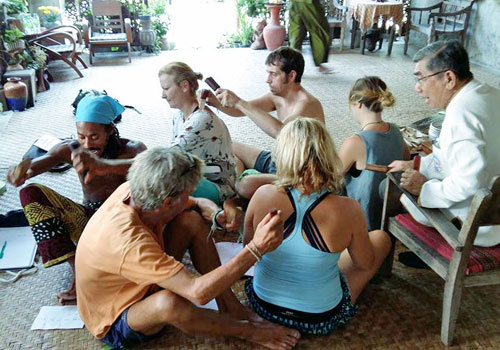
Although Thai massage can be a shock to first-timers, the after-effects of being forcibly contorted into pretzel shapes can be wondrous. Pick up a few tricks from the pros by registering at one of the training centres in town. Thai Massage School Shivagakomarpaj (courses from US$50) in the Old Medicine Hospital stands out for its comprehensive courses in history, concept and technique. More than 20,000 students, half of them foreigners, have studied there since it opened in 1962. The full course lasts five days, but there’s a two-day foot massage course or a one-day herbal hot compress course, using healing herbs gathered in a cloth bundle and applied to pressure points.
Acquire a new dish
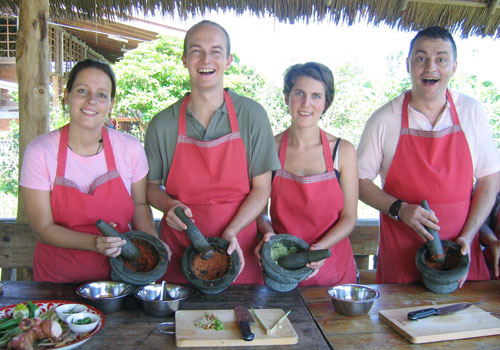
If you’d rather improve your culinary prowess, there are dozens of cooking schools in the city. A lesson at boutique hotel 137 Pillars House ($65pp) includes a trip to Thanin Market and instruction by a top chef. For a more budget option, the Chiang Mai Thai Farm Cooking School ($34, including food and transfers) offers hands-on, small-group classes with individual cooking stations. Participants stop at the nearby Ruam Chok Market before visiting an organic farm to stroll in the fields and take a crash course in ingredients such as jackfruit, holy basil and bitter eggplant, then get to work pounding curry paste with a mortar and pestle.
Heed the call of the wild
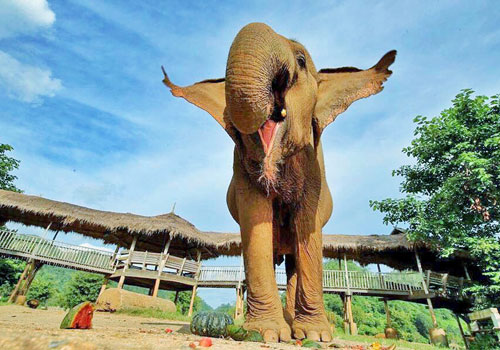
Tourists have come under fire in recent years for posting pictures of themselves cuddling tiger cubs or riding elephants. But there are still plenty of ways to get up close and personal with nature ethically. Elephant Nature Park, some 40 miles (64 kilometres) from Chiang Mai, has been rescuing and rehabilitating pachyderms since the 1990s. Visitors can spend the day feeding, swimming with and walking alongside the contented herd in their 200-acre habitat. Got a little extra time and cash? Consider a week-long homestay in a Karen village helping with reforestation, animal vaccinations and farming. A one-day package costs $65; the full week, with Journey to Freedom, costs $388, with full board.
Hit the markets

Chiang Mai’s outdoor bazaars are a riot of sounds and smells. When dusk falls, prowl for gai yang (grilled chicken), khao kha moo (pork shank braised with star anise) and kanom jin (rice noodles with curry) on Chang Khlan Road every evening. Pick up silver jewellery and other handicrafts on Wualai Road on a Saturday and save a few hours on Sunday to browse on Ratchadamnoen Avenue. For a market with more locals and fewer bootleg DVDs, rise early and go to the smaller Somphet Market on Moon Muang Road.
Support the arts
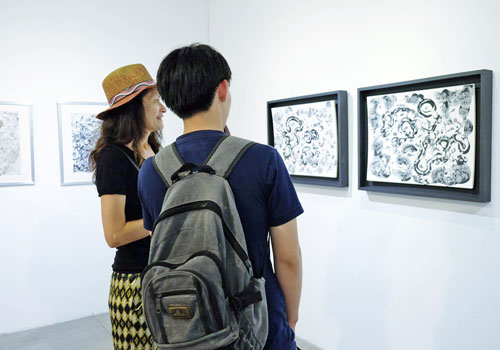
Chiang Mai fosters a small but steadily growing community of artists and designers. Join the city’s creative crowd any evening at Thapae East, a hip space decked out in exposed brick that hosts everything from poetry readings to indie concerts. Or check out exhibitions spotlighting local talent at the new Gallery Kang Wat in Baan Kang Wat, an artists’ village and craft showcase near Wat Ram Poeng. Hern Gallery (1/3 Padat Road) is a recently opened offshoot of the Gallery Seescape, on a bend of the Ping river south of the old town.
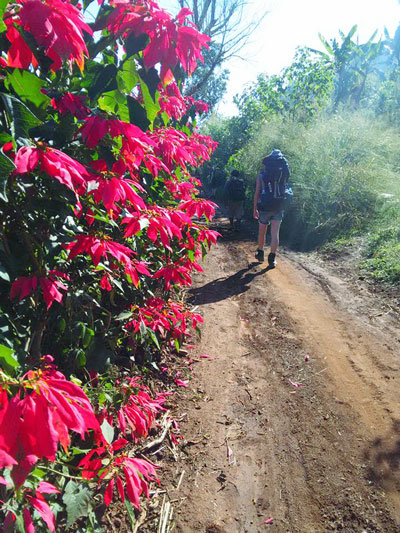
See the best of the temples
One glance at the regal Wat Phra Singh (the temple of the lion Buddha) explains the crowds it attracts. But don’t miss Wat Chedi Luang, also in the old centre, where visitors can chat casually with monks about Buddhism, life, the universe and everything. Established in the late 13th century, Wat Chiang Man is not only impressive as the city’s oldest temple, but also for its two immense Buddha statues. One of the most revered shrines is across the Ping River: Wat Chedi Liam, part of Wiang Kum Kam, the ruins of the Lanna empire’s original capital. At the temples, remember to dress modestly.
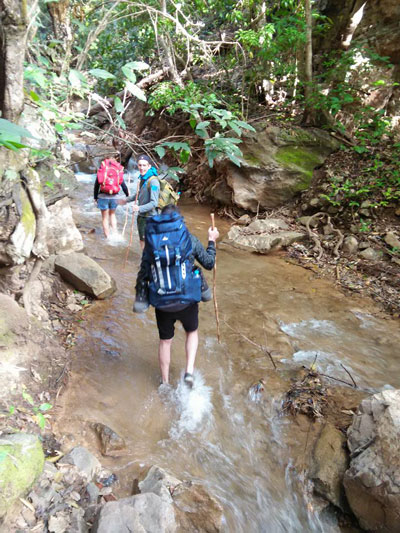 Take a trek
Take a trek
After a few days in the city, the lure of the jungle beyond is hard to resist. Virtually every guesthouse will try to convince you to go on a trek, and with so many similar itineraries – rafting, elephants, hill tribe encounters – picking the right one can be a challenge. Tiger Trail Outdoor Adventures (two-day treks from $95) is a socially responsible tour operator that has been organising treks in South-east Asia since 2000. Private treks are available, but group tours never exceed 10. Or try Pooh Eco-Trekking (two-day trek from $88), which has been leading tours for two decades.
– The Guardian




1 Comment